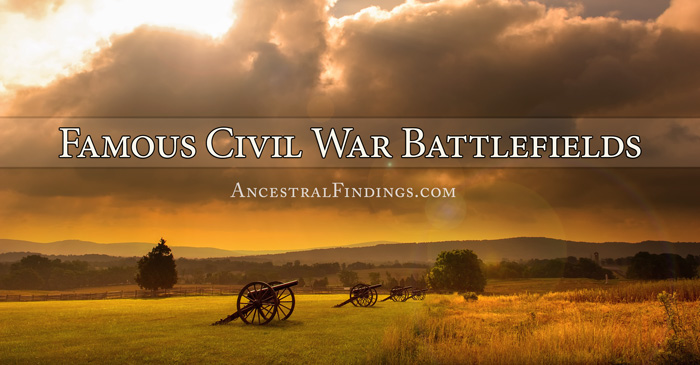On June 3, 1861, at precisely 4:30 a.m., a lone gunshot reverberated across the hills of Philippi, Virginia (now West Virginia). This shot, not discharged by a soldier, but by a mother named Matilda Humphrey, unbeknownst to her, would kindle the first significant land battle of the American Civil War. Let’s examine how Matilda Humphrey’s shot set in motion a series of events involving thousands of Union and Confederate troops.
A Railroad and a Bridge
As the Civil War dawned, the critical role of railroads and infrastructure such as bridges became apparent to both factions. General George B. McClellan, recognizing this, deployed over 3,000 Union troops to Grafton, situated 13 miles north of Philippi, to guard the Baltimore and Ohio Railroad. Concerned about a strategic covered bridge in Philippi, he also dispatched Col. Ebenezer Dumont and 1,400 men to dislodge the Confederates.
The Journey to Philippi
En route to Philippi, Col. Dumont’s men grappled with formidable challenges. After arriving by train in Webster, five miles west of Grafton, they embarked on a strenuous march through rough terrain, compounded by a relentless downpour. Despite these adversities, they ultimately arrived at Philippi’s outskirts.
Matilda Humphrey’s Shot
Matilda Humphrey, a resident of Philippi, spotted the approaching Union troops. In a bid to safeguard her son Oliver, who was poised to alert the local Confederate forces, Matilda, fraught with fear for his safety, aimed her pistol at the Union soldiers and discharged a shot, hoping to deter them from apprehending her son.
The Unintended Consequence
Union Col. Frederick Lander, under orders to hold fire until a signal shot rang out, misconstrued Matilda’s gunshot as this cue. He promptly commanded his artillery to commence firing. The thunderous sound of cannons caught Confederate commander Col. George Porterfield and his 900 inexperienced recruits off guard, prompting an evacuation. Thus, the Battle of Philippi began.
The Pre-War Atmosphere in Philippi
Prior to the war, Philippi was a tranquil town, its residents divided in their views on slavery and secession. The arrival of Dumont’s Union forces escalated tensions, heralding an air of looming conflict. Locals, like Matilda Humphrey, were thrust into making pivotal decisions affecting their families and their roles in the war.
Profiles of Key Players
General George B. McClellan
Before his Civil War fame, McClellan had distinguished himself in the Mexican-American War as a competent engineer. His early decisions to fortify Grafton and Philippi demonstrated his astute grasp of their strategic significance.
Col. Ebenezer Dumont
A politician and lawyer by trade, Dumont’s role in the Battle of Philippi marked one of his initial military engagements, showcasing his nascent tactical prowess.
Confederate Col. George Porterfield
Tasked with leading a contingent of largely untrained recruits, Porterfield faced the daunting challenge of defending Philippi against the Union onslaught. He was unprepared for the sudden artillery barrage that morning.
The Strategic Importance of Philippi
Securing Philippi was crucial for controlling key routes and ensuring safe transit for Union troops and supplies. The Baltimore and Ohio Railroad’s security was paramount to the Union’s war effort.
The Battle: Tactical Overview
Though modest in scale by Civil War standards, the Union’s strategic use of artillery proved decisive, compelling the Confederates to withdraw. This skirmish culminated in a minor Union triumph, setting the stage for more significant confrontations.
The Aftermath
The Confederate withdrawal from Philippi diminished Southern influence in the region. Conversely, the Union victory bolstered Northern morale and temporarily enhanced McClellan’s standing.
The Long-Term Consequences
Despite its relative obscurity and scale, the Battle of Philippi had enduring implications. It underscored the role of civilian involvement in the war and heightened awareness of unforeseen factors influencing military outcomes.
Legacy of the Shot
The Battle of Philippi, often overshadowed in Civil War chronicles, was profoundly influenced by Matilda Humphrey’s shot. It serves as a testament to the chaos characterizing the Civil War, emphasizing the significant roles civilians, particularly women, unwittingly played during these tumultuous times.
While Matilda Humphrey’s intention was merely to protect her son, her action precipitated a cascade of unforeseen events that stretched far beyond that fateful morning in Philippi. Her gunshot exemplifies how the fog of war can swiftly convolute even the most meticulously crafted strategies. Hence, while generals and soldiers frequently dominate Civil War narratives, it’s crucial to acknowledge how a single mother’s panicked shot could ignite the first significant land conflict of this devastating war.






